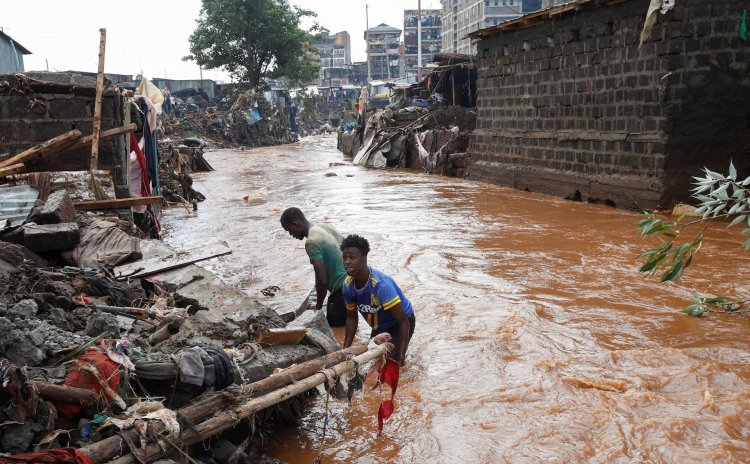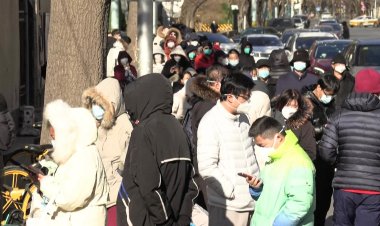Kenya and Tanzania Ravaged by Deadly Floods

The death toll from flash floods in Kenya's capital Nairobi has risen to 13 after the discovery of three more bodies, police said.
President William Ruto convened an emergency multi-agency meeting to respond to the crisis after torrential rains triggered floods that caused chaos across the city, blocking roads and bridges and engulfing homes in slum districts.
Kenyans have been warned to stay on alert, with the forecast for more heavy rains across the country in the coming days.
Kenya and other parts of East Africa are vulnerable to climate shocks and the current rainy season has been compounded by the El Nino weather pattern just as the region recovers from the worst drought in four decades.
Also, at least 155 people have died in Tanzania as torrential rains linked to El Nino triggered flooding and landslides, the country's prime minister said.
Tanzania and other countries in East Africa -- a region highly vulnerable to climate change -- have been plagued by heavier than usual rainfall during the current rainy season, with several dozen deaths also reported in Kenya.
More than 200,000 people have been affected by the disaster in Tanzania, with 155 fatalities and 236 people injured.
The devastating effects of the rains were "primarily due to environmental degradation", blaming deforestation, unsustainable farming practices such as "slash and burn" agriculture and unregulated livestock grazing.
El Nino is a naturally occurring climate pattern typically associated with increased heat worldwide, as well as drought in some parts of the world and heavy rains elsewhere and can have a devastating impact in East Africa.
The UN's World Meteorological Organization said in March that El Nino, which peaked in December, was one of the five strongest ever recorded.















